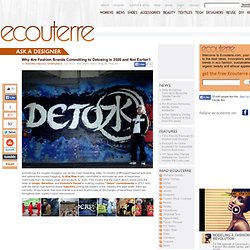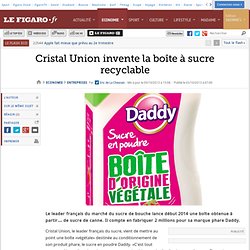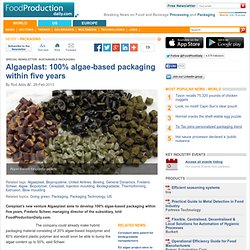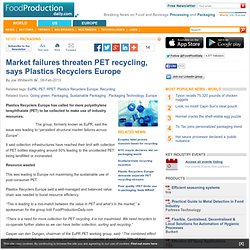

ASK A GREENPEACE CAMPAIGNER: Why Are Fashion Brands Committing to Detoxing in 2020 and Not Earlier? Sometimes the longest struggles can be the most rewarding.

After 10 months of #PeoplePowered activities and behind-the-scenes haggling, G-Star Raw finally committed to eliminate all uses of hazardous chemicals from its supply chain and products by 2020. This means that the Dutch denim brand joins the likes of Uniqlo, Benetton. and Victoria’s Secret in making credible “Detox” commitments in 2013. And with the Italian high-fashion brand Valentino joining the leaders in the industry this past week, there are currently 16 big brands that have started a process to eliminate all discharges of hazardous chemicals throughout their supply chains and products. Some people might wonder, why is the companies’ deadline 2020?
Greenpeace is an organization that pushes for actions. So, why the generous deadline? The elimination of all hazardous chemical discharge of this scale and complexity has never been attempted before. And we won’t. The murky world of fashion is slowly becoming more transparent.
Les plastiques compostables n'affectent pas le... Cristal Union invente la boîte à sucre biodégradable. Le leader français du marché du sucre de bouche lance début 2014 une boîte obtenue à partir… de sucre de canne.

Il compte en fabriquer 2 millions pour sa marque phare Daddy. Cristal Union, le leader français du sucre, vient de mettre au point une boîte «végétale» destinée au conditionnement de son produit phare, le sucre en poudre Daddy. «C'est tout nouveau. Nous allons la présenter cette semaine à la grande distribution», explique au Figaro, le directeur général de Cristal Union, Alain Commissaire. «Les premières boîtes en plastique végétal seront dans les rayons début 2014», ajoute-t-il. En apparence, rien ne distingue les emballages en plastique végétal de ceux issus de la chimie traditionnelle. Reprise de la consommation du sucre traditionnel Pour la première année, Cristal Union compte produire 2 millions de ces boîtes «vertes» bien que leur coût de fabrication soit deux fois plus élevé que celui d'un emballage traditionnel. Featured Solution Providers. Microsoft Word - 154-News Release-CERP Q113 Results 5.20.13.doc - 154-News-Release-CERP-Q113-Results-5.20.13.pdf.
Avery Dennison unveils liner for paper labelling materials. Avery Dennison Label and Packaging Materials has launched what it claims to be the thinnest liner on the market for paper labelling materials. The Avery Dennison PET23 liner, which is 23 microns thick, leads to reduced transport costs and fewer reel changes. The liner, available across a range of paper labeling materials such as wine and spirits paper facestocks, is leaner, stronger and faster than conventional glassine liners, said the firm. “PET23 liner is a big win for the environment and for productivity due to the improvements it offers to high volume, high speed labelling applications, ” said Astrid Beckhaus, senior product manager at Avery Dennison Label and Packaging Materials. “A PET23 liner makes paper labels work harder for both label converters and brand owners, and it brings environmental wins.”
Algaeplast: 100% algae-based packaging within five years. Cereplast’s new venture Algaeplast aims to develop 100% algae-based packaging within five years, Frederic Scheer, managing director of the subsidiary, told FoodProductionDaily.com.

The company could already make hybrid packaging material consisting of 20% algae-based biopolymer and 80% standard plastic polymer and would soon be able to bump the algae content up to 50%, said Scheer. Demand for such materials would be driven by firms looking to escape the price volatility now inherent in the traditional oil-based plastics market and cut their carbon footprint, he said. “We have a product called Biopropylene 109D designed for injection moulding that’s 20% algae,” he told this site. “The next product to come is 50%, which will be commercialised before the end of this financial quarter. This could be used eventually in food packaging. Fully biodegradable These would be designed for thermoforming, extrusion and blow moulding functions, he added.
Customers. Tensions et négociations dans le papier recyclé. Biopolymer tray for refrigerated ready meals. Plastics Recyclers Europe calls for more PET collection. Plastics Recyclers Europe has called for more polyethylene terephthalate (PET) to be collected to make use of industry resources.

The group, formerly known as EuPR, said the issue was leading to “persistent structural market failures across Europe”. It said collection infrastructures have reached their limit with collection of PET bottles stagnating around 50% leading to the uncollected PET being landfilled or incinerated. Resource wasted This was leading to Europe not maximising the sustainable use of post-consumer PET. Plastics Recyclers Europe said a well-managed and balanced value chain was needed to boost resource efficiency. “This is leading to a mis-match between the value in PET and what’s in the market,” a spokesman for the group told FoodProductionDaily.com “There is a need for more collection for PET recycling, it is not maximised. A potential lifting of existing anti-dumping duties on virgin PET could further worsen the EU industry’s position, said the group.